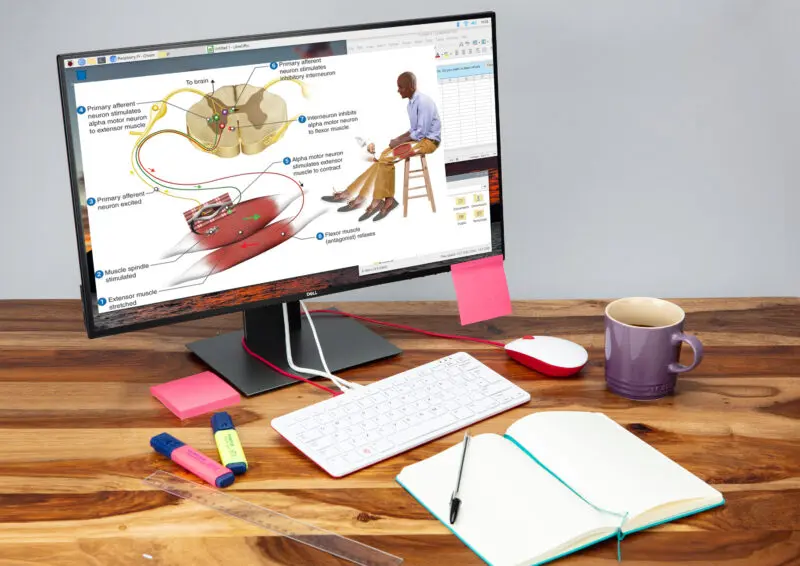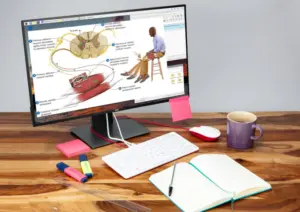The latest Debian release, Bookworm, has brought significant updates to the Raspberry Pi OS, especially in terms of display systems and graphics.

A major shift has occurred in the display system, moving from the X11 window system, used for over 35 years in Unix desktop environments, to the Wayland display engine. This change is vital to address X11’s limitations on modern systems, especially regarding graphics and display performance.
Wayland’ implementation in Raspberry Pi OS leverages the Wayfire compositor, replacing the older Mutter. This transition is not just about updating the underlying system; it’s about optimizing graphical performance. For now, this is the default for Raspberry Pi 4 and 5, ensuring they get the best visual experience.
On the surface, the desktop looks similar to its predecessor, Bullseye, but beneath, it’s powered by entirely different graphics and display mechanisms. Wayland’s capabilities have added refined visual effects, like window shadows and smooth animations, enhancing the overall user interaction with the display.
The lxpanel has been swapped out for wf-panel-pi, designed specifically for the Raspberry Pi’s Wayland system. Among the additions is the “GPU” plugin, which lets users monitor the load on the Raspberry Pi’s GPU in real-time, signifying a greater emphasis on graphics performance.
Most current applications are now natively compatible with Wayland, providing better graphic rendering. For those that aren’t, the XWayland server ensures they run seamlessly on the new display system.
While the primary focus has been on graphics and displays, the audio system hasn’t been left behind. PipeWire has been introduced, replacing PulseAudio, offering better synchronization of audio and video and enhanced management of audio outputs.
Raspberry Pi provides an affordable, flexible platform that has been used to power digital signage, media centers, art installations, photo frames, arcade machines, dashboard displays, information kiosks, and many more applications. It shouldn’t be overlooked as an option for display-based applications because of its continually expanding community of developers and hobbyists. If nothing else, it is a lot of fun to work with and the results have meaningful value in many use cases.

